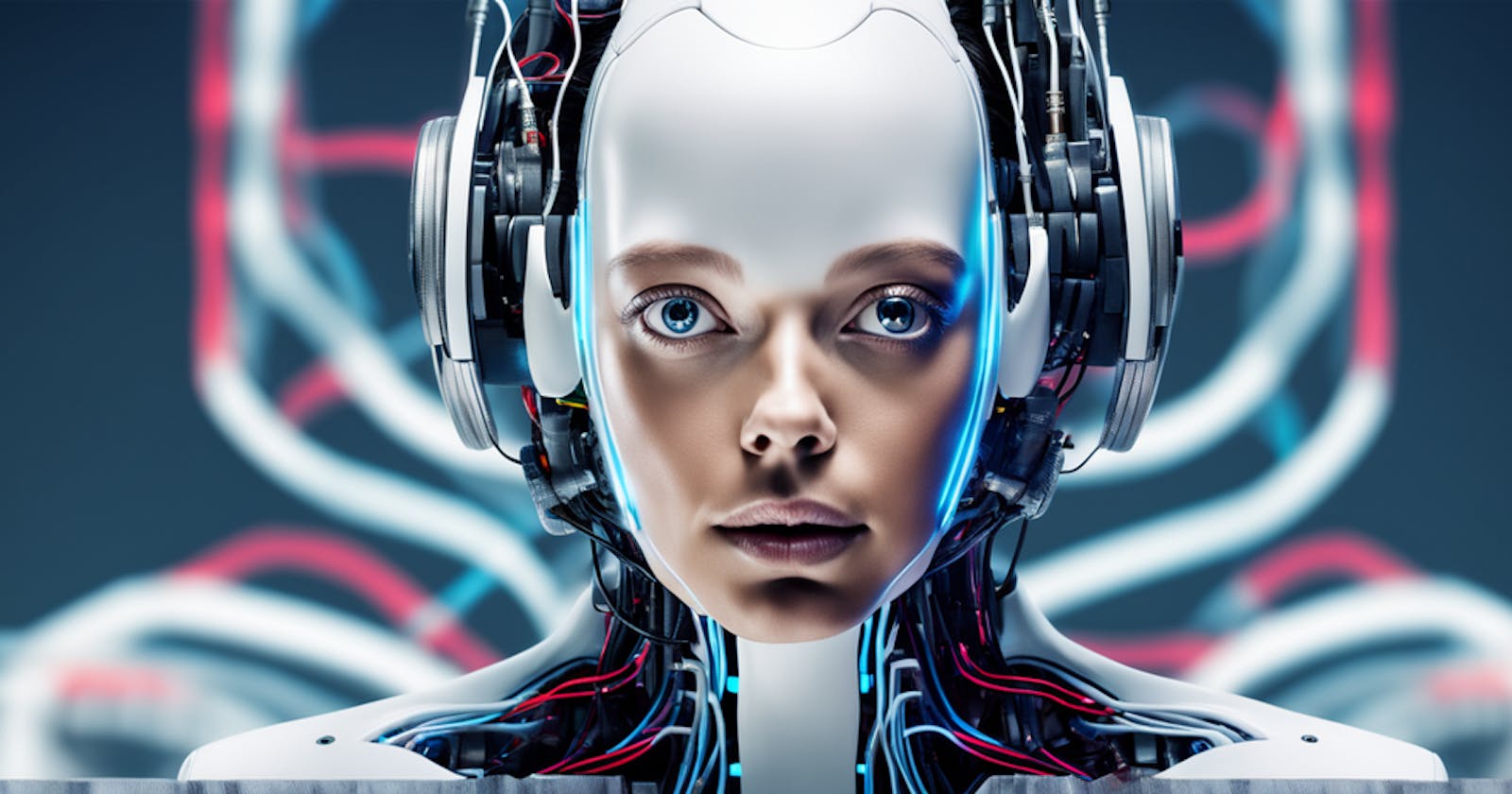Why the AI Race Is Getting Weird

The AI race is getting weird. In recent years, we have seen several strange and unexpected developments in the field of artificial intelligence. For example, large language models have become capable of generating creative text formats, like poems, code, scripts, musical pieces, emails, letters, etc. This has led to some people wondering if AI is becoming too powerful, or even sentient.
There are a few reasons why the AI race is getting weird. First, AI is becoming increasingly sophisticated. As AI algorithms become more complex and powerful, they are able to do things that were once thought to be impossible.
For example, AlphaGo Zero, a computer program developed by DeepMind, was able to teach itself to play the game of Go at a superhuman level without any human intervention.
Second, AI is becoming more widely available. OpenAI, a non-profit research laboratory, has released a number of powerful AI models to the public, including GPT-3 and DALL-E 2. This has made it possible for anyone to experiment with AI, even if they don't have a background in computer science.
Third, there is a lot of money to be made in AI. Tech giants such as Google, Microsoft, and Amazon are investing heavily in AI research and development. This is because they believe that AI will play a major role in the future of the tech industry.
Examples of weird AI
The combination of these factors is leading to a number of strange and unexpected developments in the field of AI. Here are a few examples:
AI is generating weird and creative content. Large language models are now able to generate text, code, and other creative content that is indistinguishable from human-created content. For example, GPT-3 has been used to generate poems, code, scripts, musical pieces, email, letters, etc. This raises a number of ethical questions, such as how we can tell the difference between human-created and AI-created content.
AI-written code: AI systems can now write code that is as good as code written by human programmers. This technology is being used to automate software development and create new applications.
AI is being used to create deepfakes. Deepfakes are videos or audio recordings that have been manipulated to make it appear as if someone is saying or doing something that they never actually said or did. Deepfakes can be used for malicious purposes, such as spreading misinformation or blackmailing people.
AI is being used to create social media bots. Social media bots are automated accounts that are used to spread misinformation or propaganda on social media platforms. Social media bots can have a significant impact on public opinion and can even be used to interfere with elections.
These are just a few examples of the strange and unexpected developments that are happening in the AI race. As AI continues to develop, we will likely see even more strange and unexpected things in the years to come.
Concerns about the AI race
The AI race is raising a number of concerns, including:
The potential for job displacement: AI is becoming increasingly capable of performing tasks that are currently done by humans. This raises the concern that AI could lead to widespread job displacement.
The development of autonomous weapons: AI is being used to develop autonomous weapons systems that can kill without human intervention. This raises the concern that AI could lead to a new arms race and increase the risk of war.
The loss of human control over AI: As AI systems become more complex and powerful, there is a risk that they could become uncontrollable. This raises the concern that AI could pose a threat to humanity.
What can we do?
It is important to be aware of the potential risks and dangers of AI. We need to have a public conversation about how to use AI responsibly and ethically. We also need to develop regulations and safeguards to prevent AI from being used for malicious purposes.
Here are a few specific things that we can do:
Invest in AI safety research. We need to invest in research on how to make AI safer and more reliable. This includes research on topics such as AI alignment and AI explainability.
Develop ethical guidelines for AI. We need to develop ethical guidelines for the development and use of AI. These guidelines should address issues such as bias, transparency, and accountability.
Regulate AI. We need to develop regulations to govern the development and use of AI. These regulations should be designed to protect the public from the potential risks of AI, such as job displacement and autonomous weapons.
Conclusion
As we navigate the advancements in AI, it is vital to remain mindful of its potential impact on society. While AI has numerous benefits, such as improving efficiency and accuracy in various industries, there are also potential dangers to be aware of.
Policymakers must establish regulations that promote the ethical and safe use of AI technology to ensure that it is harnessed for good and not used to cause harm. It is crucial for us to take proactive steps to mitigate any negative effects of AI.
And that's it for today 🫡. See you soon in the next article. Until then, keep developing solutions and solving problems.
 Develop and Solve
Develop and Solve